This instalment from the British Museum video series Curator’s Corner focuses on a small clay tablet that, at first glance, seems somewhat unremarkable but is, in fact, one of the most astonishing artefacts in the museum’s collection. Indeed, as the always entertaining British Museum curator Irving Finkel details, the ancient Babylonian tablet, which was created circa the 6th century BCE, is the ‘oldest map of the world, in the world’. Finkel explains how, like many early maps, the tablet integrated both practical information about the world as the ancient Babylonians understood it, and mythology. He also explores the exceptionally fascinating story of how he and other researchers were able to decode the map since it was first acquired by the museum in 1882. The result is an enlightening glimpse into both the ancient Babylonians’ understanding of their world, and how archeological puzzles can sometimes be solved over the course of centuries.
How researchers finally solved the puzzle of the oldest known map of the world
Video by the British Museum

videoArchaeology
What’s an ancient Greek brick doing in a Sumerian city? An archeological investigation
16 minutes
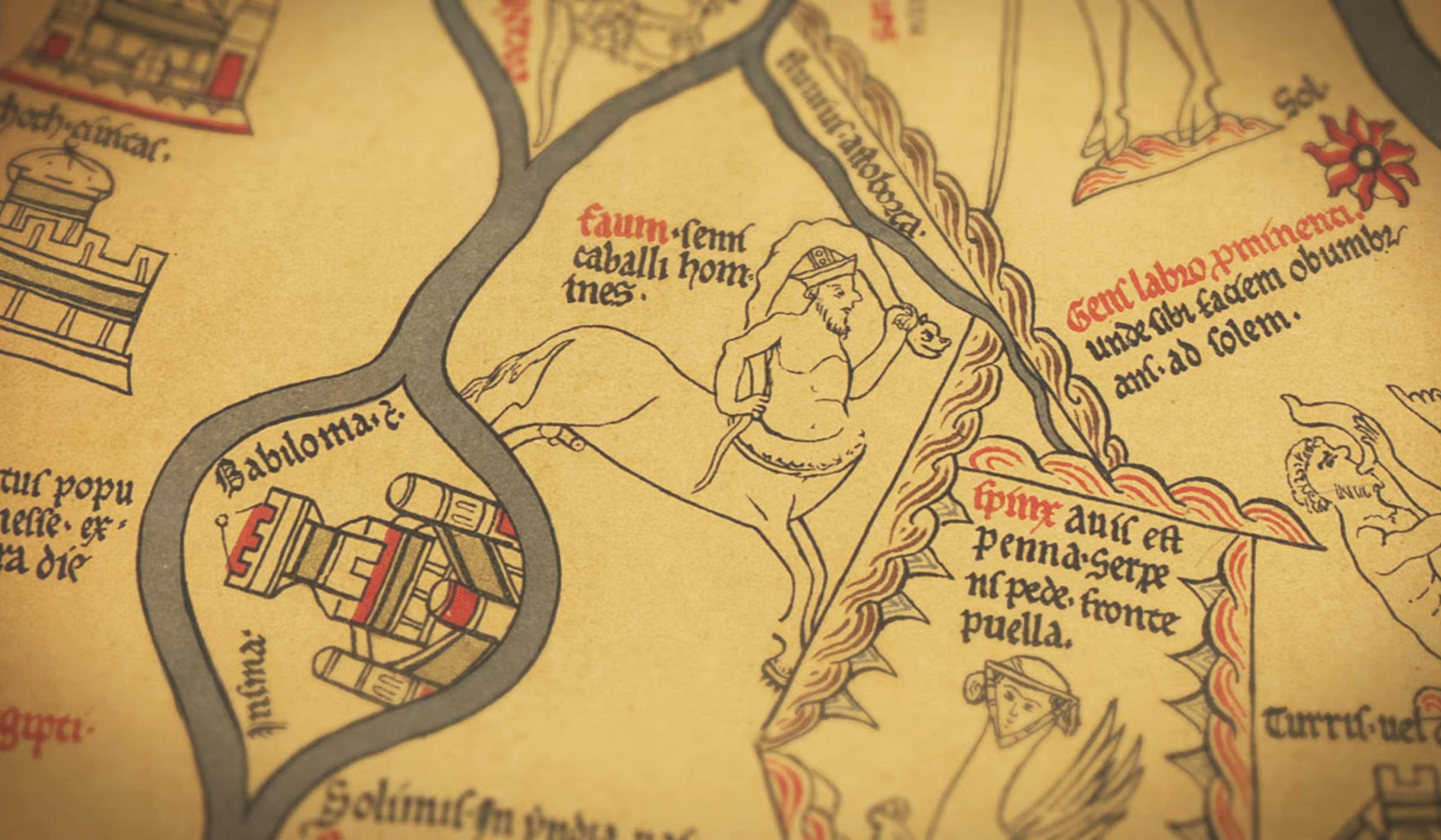
videoGlobal history
The famed medieval map that stretched beyond Earth to heaven, history and myth
5 minutes

videoThe ancient world
How writing began, and other unexpectedly funny stories about cuneiform
39 minutes
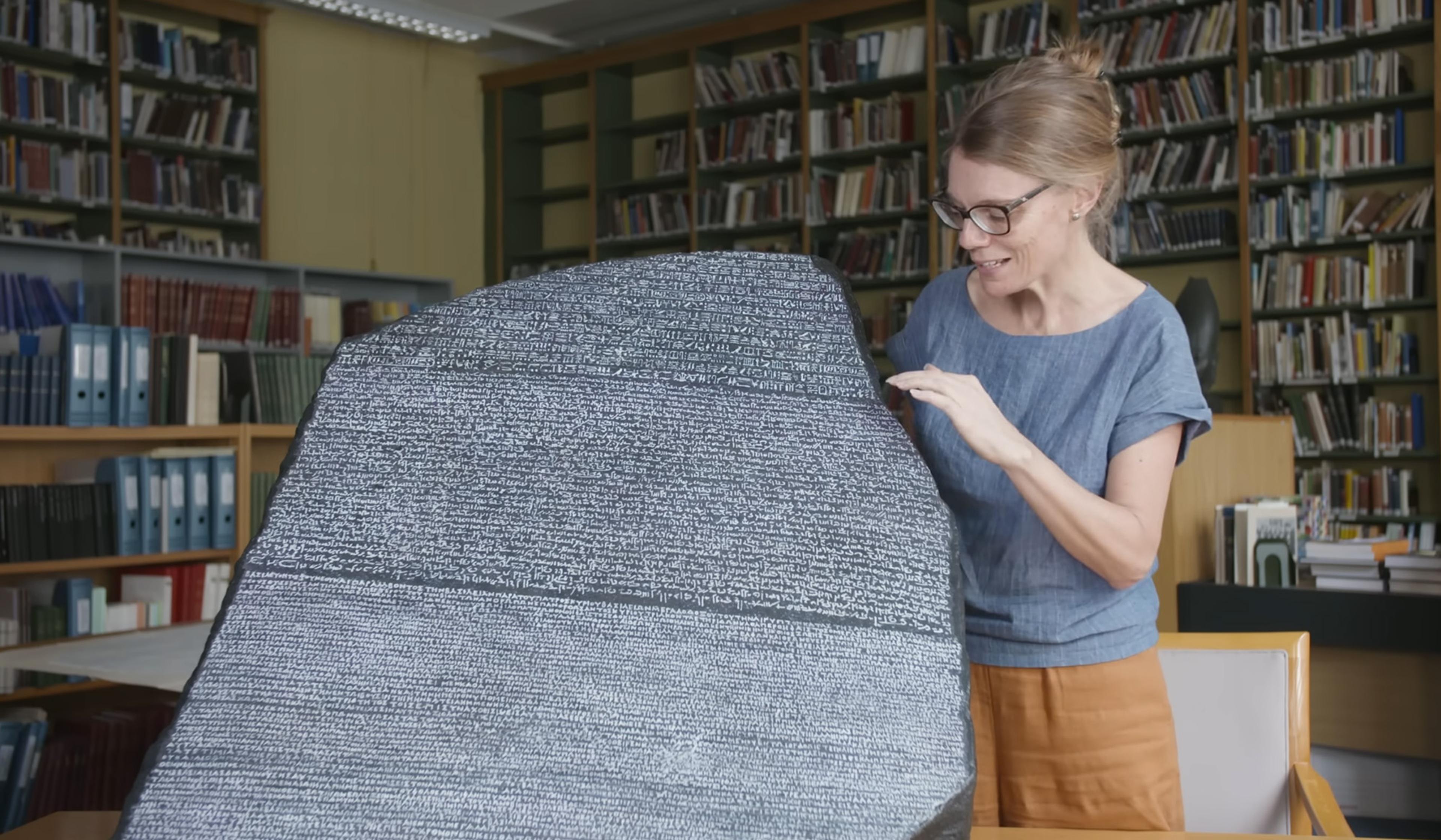
videoThe ancient world
What did the Rosetta Stone’s inscription actually communicate?
17 minutes

videoThe ancient world
Why did the Romans create a massive, entirely impractical map of their empire?
7 minutes
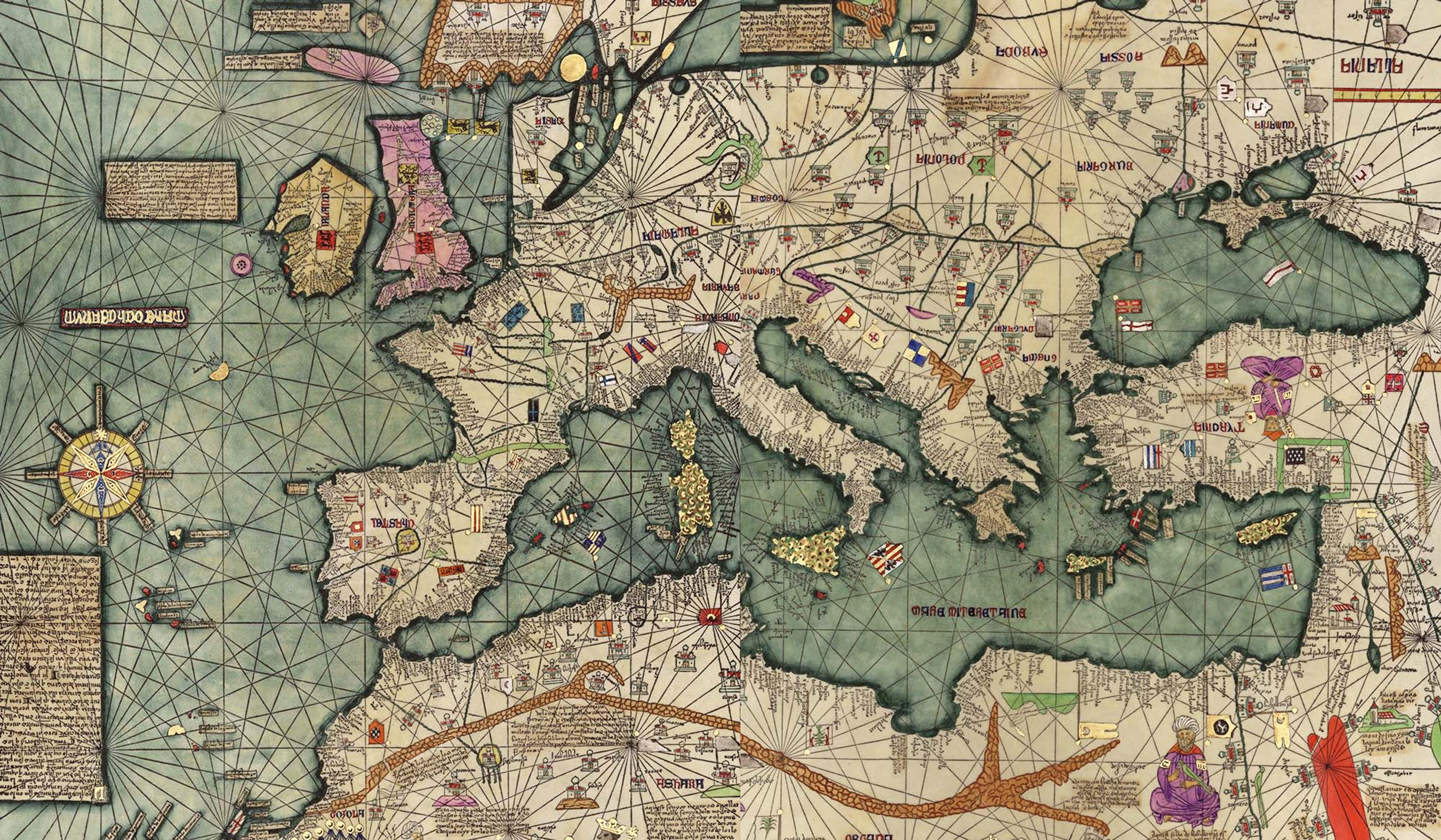
videoHistory of technology
Master cartography and mythical creatures – the world according to the Catalan Atlas
8 minutes
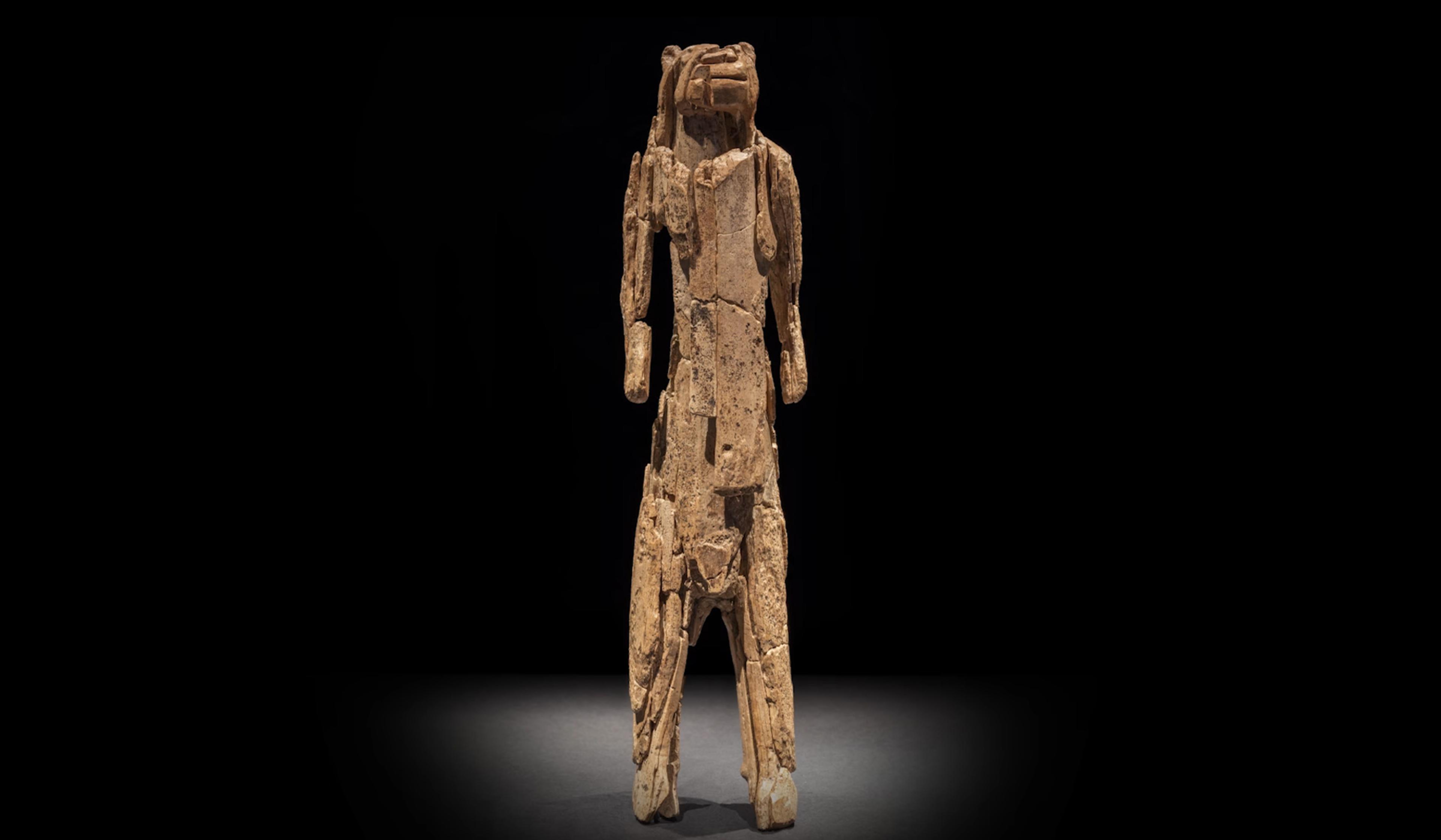
videoAnthropology
Although his story is a mystery, the Lion Man forever binds us to our prehistoric past
2 minutes
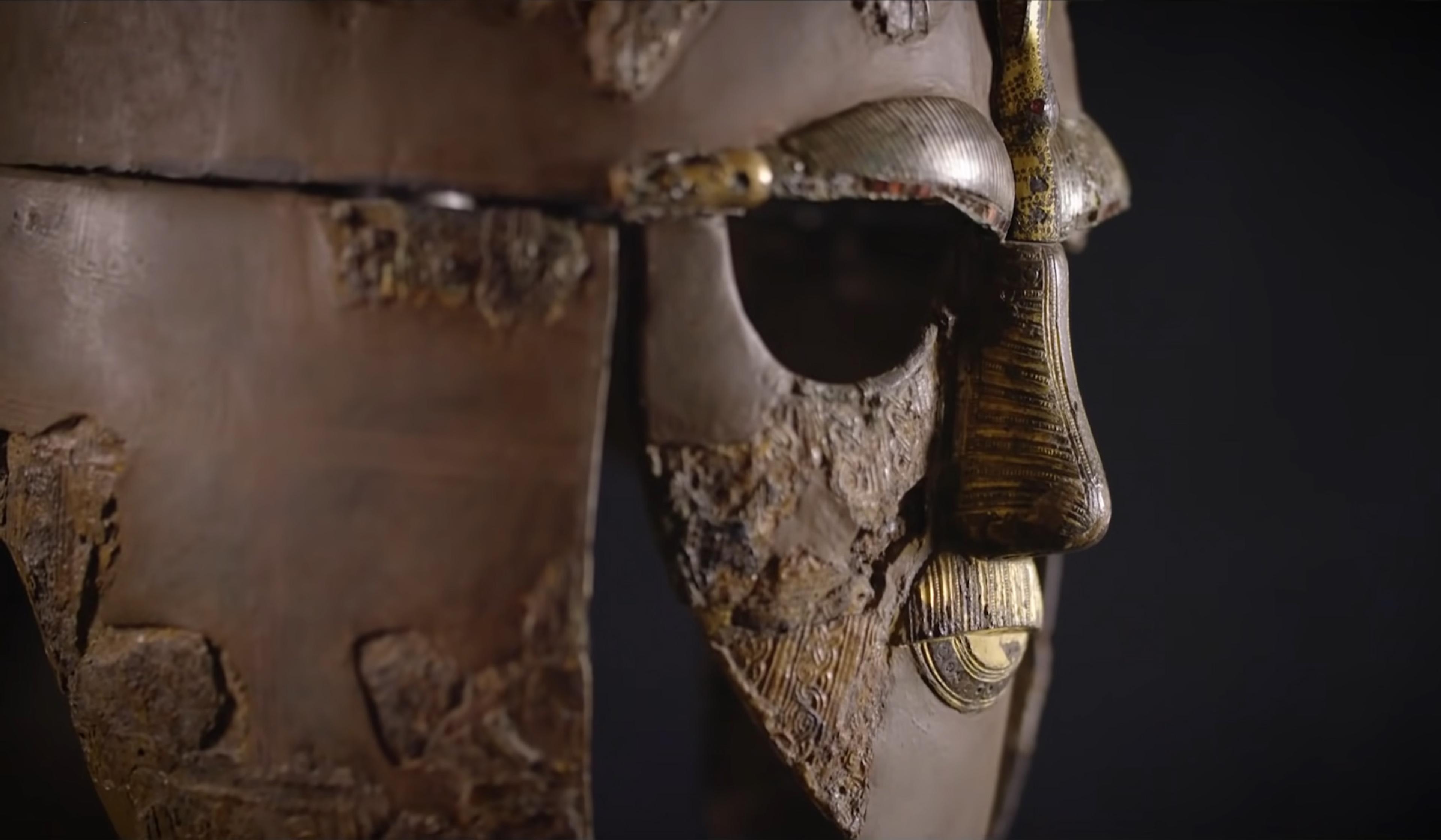
videoArchaeology
The meanings and mysteries of the iconic Sutton Hoo helmet brought vividly to life
19 minutes
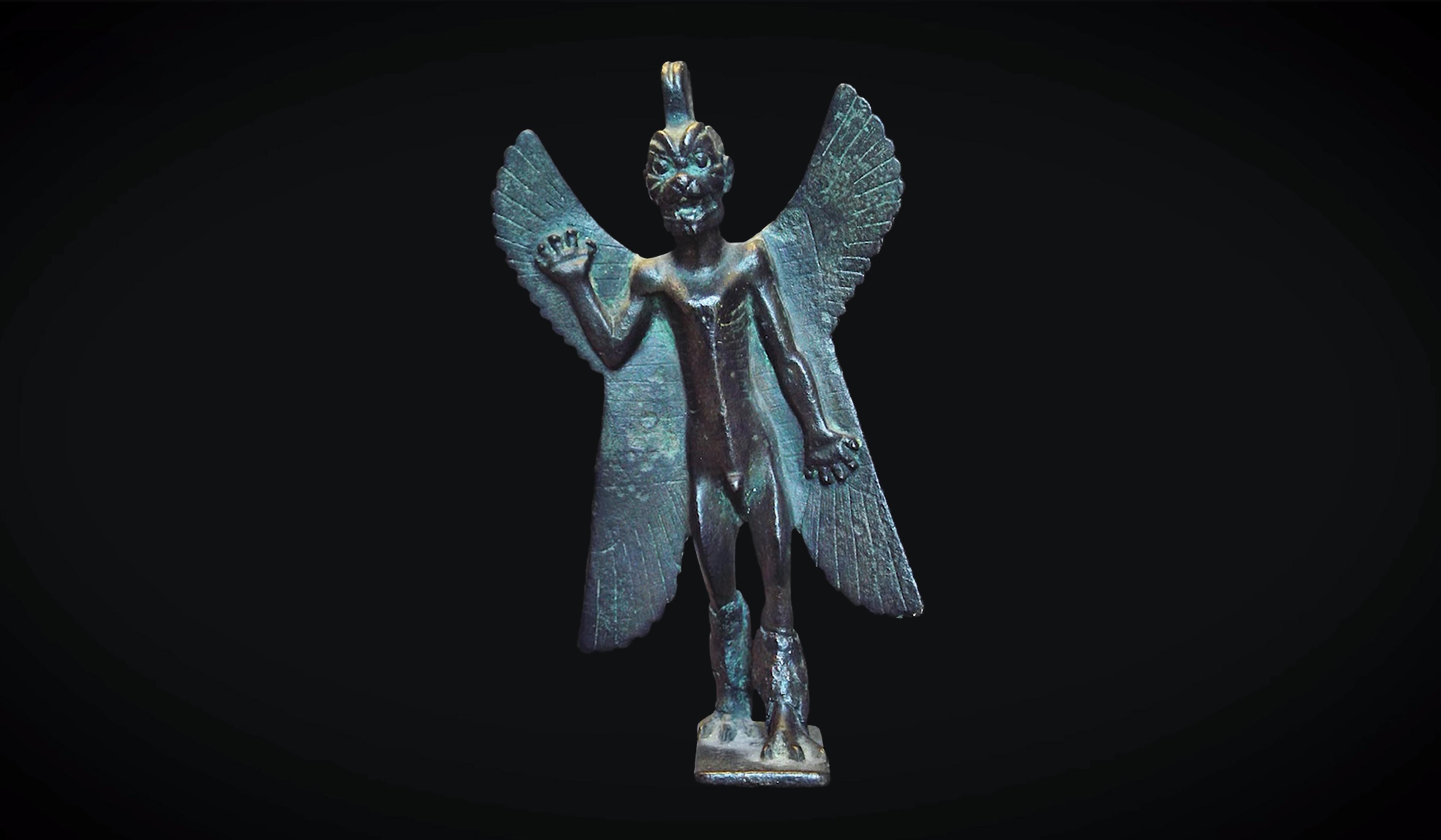
videoThe ancient world
Meet the absentee gods and nefarious spirits of ancient Mesopotamia
6 minutes